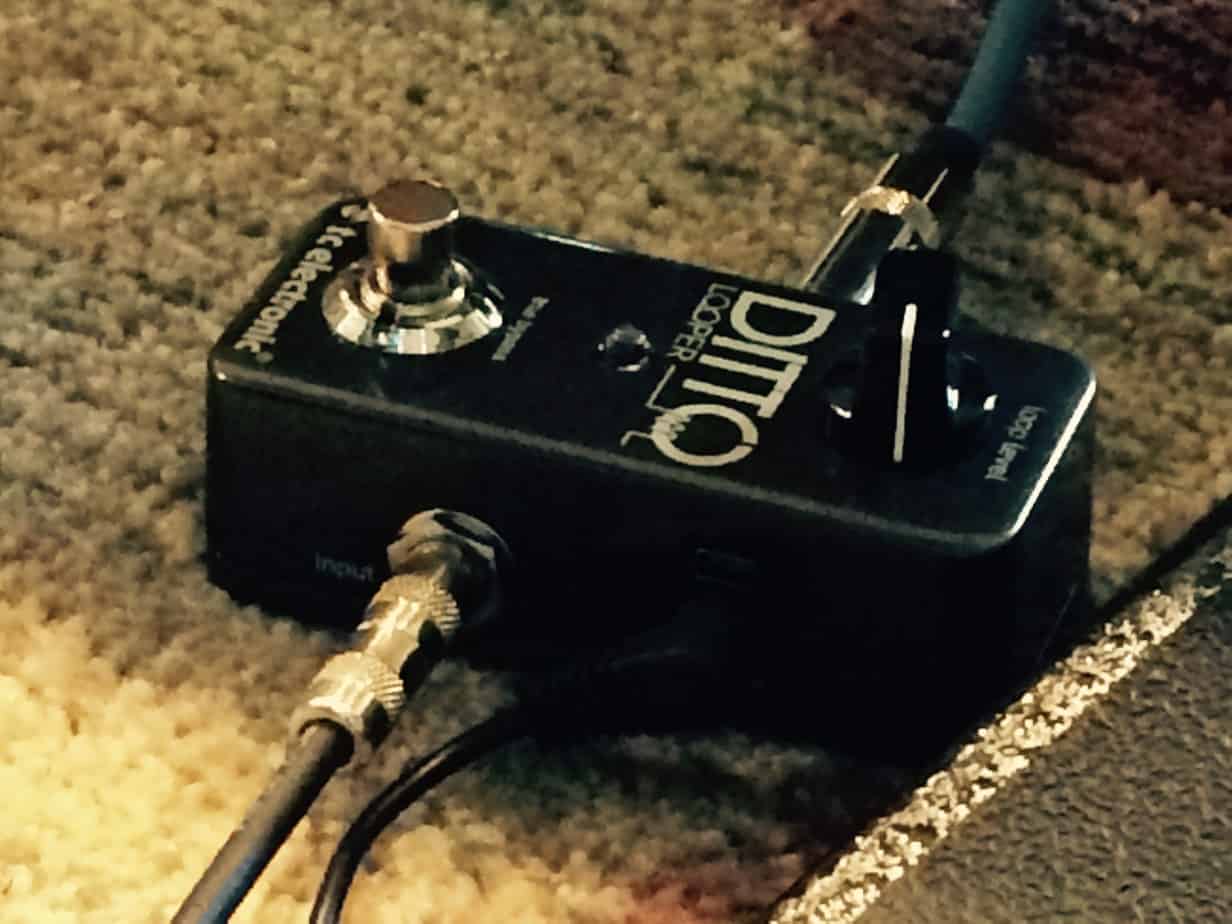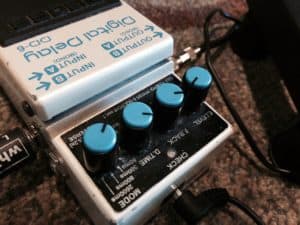Drones are magnificent. They allow a pedal steel player to practice many things: intonation, ear training, creating soundscapes, and having fun while practicing. They are such a great practice tool that they should be as common as metronomes are to musicians.
Here’s a great way to create your own drones while practicing, and/or to create a “soundscape” with them:
(You will need to have a delay pedal with looping capabilities, or a loop pedal. Short loop times are OK.)
- Have your delay/loop pedal present in your signal chain, and easy to access during your practice session.
- Have your steel tuned up, preferably to Equal Temperament (A=440Hz) so that when you produce your drone it will be accurate to the frequencies on the bandstand – a keyboard or bass player for example.
- Choose a pitch that you would like to be your drone: I find using a lower register note to be more pleasing to the ears, and will often use a bass note from the C6 neck.
- Your chosen pitch should be a note that can be found on an open string on the pedal steel…this is because we know it’s in-tune since we just tuned, and because placing the bar down to create a pitch won’t guarantee that the pitch is accurate like the tuner can.
- For example: Use the open 10th string on the C6 neck for a C drone, or the open 8th string on the E9 neck for an E drone.
- To engage the drone/loop process, pluck the chosen string with a medium force. Do this with the volume pedal in the off position, then slowly increase the volume to where it is barely audible. Once it is slightly audible, engage the loop/delay pedal and very slowly increase the volume with the volume pedal so that it sustains the note with a slow, slight increase in volume level. After a few seconds or so, slowly diminish the sustain and volume pedal level so that it approaches the original barely audible level when you first activated the loop. Complete the loop on your loop/delay pedal around this time with your pedal.
- If done correctly, the looped note will create a drone-like repeating tone. By hiding the attack in the beginning, slightly/slowly fluctuating the volume level during, then returning to the original level at the end of the loop – the loop will have a slight pulse to it, without being interrupted by a weird transition when the loop repeats. Best of all, it will repeat automatically until you’ve had enough. Use your loop/delay pedal’s level knob to shift the drone’s volume to taste.

Creating a drone like this using your steel has many positives:
-You don’t need to use an audio player or search for drone tone files to use for practice – your amp will do just fine!
-You can practice volume pedal control, as well as using your effects pedals, to gain confidence on these units while making the drone.
-You can create a soundscape to solo over with different scales and tonalities (practicing scales this way is a lot of fun and gives the player an ability to hear how the scale tones relate to the root note and each other).
-You can impress your friends.
-You can get psychedelic and begin a song on the bandstand this way – the band members and audience may wonder where in the world that sound is coming from. Or, if you ever play solo, you can use this to spice up your set a bit, or maybe fill in some sonic space. Ever played Wild Mountain Thyme with a D drone note in the background? Try it, it sounds pretty cool.
-You now have more uses for your effects pedals so that they aren’t just floor furniture.
I hope this article helps players out, and provides a fun framework for practicing. I will add some audio examples of drones I created in this manner soon. Thanks for reading, and keep on practicing!
For more info on using drone tracks, check out this article…
